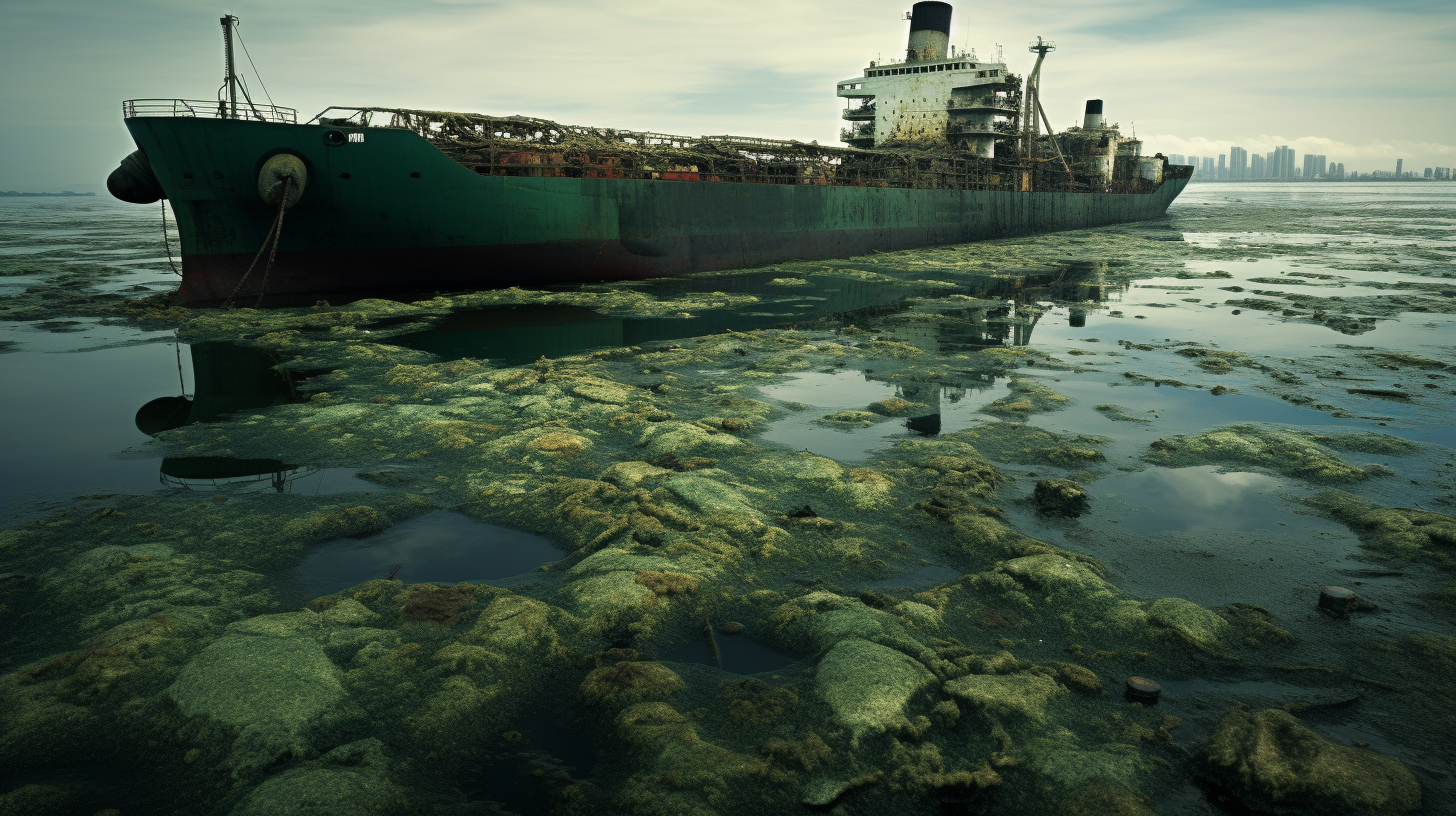Imagine a scenario where the world’s vast expanses of blue are no longer havens of life but cauldrons of corrosive waters. Our oceans, the cradle of ancient civilizations and modern economies, have become acid baths that wield the power to reshape marine life as we know it. This is not the latest screenplay from Hollywood; this is the chilling reality of our oceans under siege by invisible killers – rising carbon dioxide levels.
Our seas have absorbed approximately 30% of the atmospheric CO2 produced by human activities, a number that slips insidiously upward each year. This great carbon sink, once a buffer for our excesses, is now a victim of our own making, the pH levels plummeting in a phenomenon known as ocean acidification. The oceans have become 30% more acidic since the Industrial Revolution, and the rate of change is the fastest in 300 million years.
The ramifications are dire – shelled creatures struggle to calcify; coral reefs, the rainforests of the sea, bleach and perish. Entire ecosystems and food chains teeter on the brink. In the spirit of our previously published work, ‘Beneath the Plastic Seas,’ we must acknowledge the interconnectedness of these issues; the oceans are not only strangled by pollution but are also chemically altered to the point of ecological upheaval.
Seeking signs of hope within this narrative feels almost anachronistic, like searching for a lighthouse in a storm that will never abate. Scientists continue to document the shifts with grave faces and wary hearts. Fishermen report catches with thinning shells, their livelihoods dissolving into the shifting chemistry of the sea. Scenes of once vibrant marine life are now eerily tranquil, akin to a mausoleum of biodiversity.
Yet, through the lens of the Acid Oceans, we witness odd tales of adaptation. A smattering of species displays remarkable resilience or even thrives in these harsh conditions. The ‘Jaws of Evolution’ may be clamping down, initiating a new chapter in natural selection, one authored by human environmental indiscretion.
To paint the full portrait of this dystopian seascape, one must consider the might of the human spirit, persistent even in folly. Coastal communities have employed ingenious defenses, constructing artificial reefs and pioneering new fisheries management strategies. Meanwhile, the scientific community wages a battle of wits against time, seeking to harness innovative technologies to mitigate and adapt. The allure of geoengineering beckons with its Promethean promises, but it’s riddled with the complexities reflective of the issues it aims to solve.
Through it all, the ocean’s silent testimony perseveres, encapsulating the ingenuity and hubris of its greatest predator and lover – humanity. As stated in an interview with a local fisherman, ‘The sea was once our greatest ally, but we’ve turned it into our enemy. We’re only now starting to understand that if it dies, we die with it.’
The call to action has never been clearer, and yet, the path forward is shrouded in uncertainty. It is the ultimate test of our species’ ability to confront the errors of the past and bend the arc of our future toward survival. This article refrains from peddling false hope; the consequences are simply too tangible, the stakes immeasurably high. However, it aims to ignite the spark of awareness, the necessity to act, before the echoes of our past mistakes become the only testament of a vibrant oceanic past.
In the end, navigating the Acid Oceans isn’t only about steering through environmental challenges; it’s about altering course entirely. It’s a treacherous voyage through the Seas of Change, but through the gloom, we must continue to map the uncharted waters.
